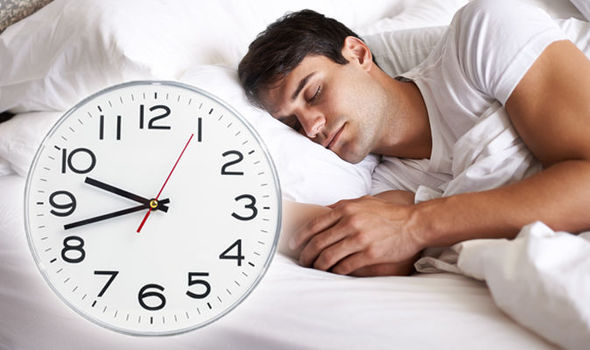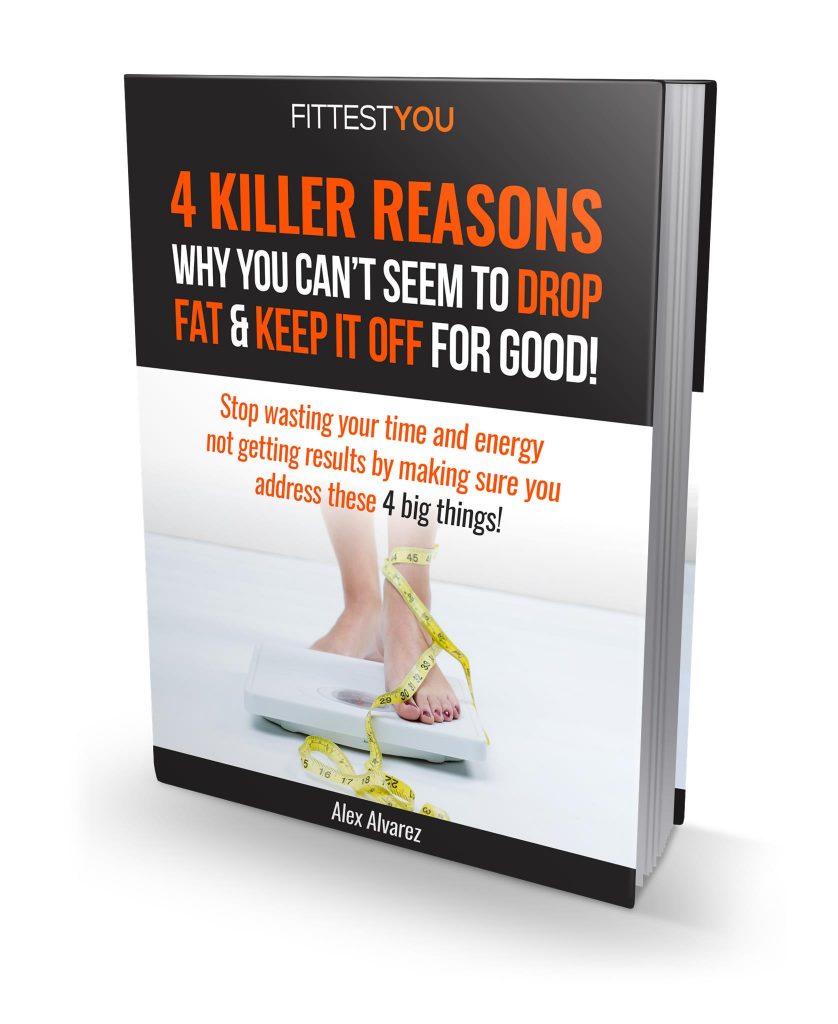
Heart Rate Variability (HRV)
If you’re someone that’s interested in recovery, optimum performance or even overall health. Then you’ve definitely heard the term heart rate variability (HRV). It’s become increasingly popular nowadays due to the rise of fitness wearables and fitness tracking apps. In case you’ve been wondering what it is and if it’s useful for you, I’ve simplified it all.
What it is?
So, a healthy heart beat contains healthy irregularities. Even if your heart rate is, say, 60 beats per minute, that doesn’t mean that your heart beats perfectly at one-second intervals like a clock.
In reality, there is VARIATION among the intervals BETWEEN your heartbeats. The interval between two successive heartbeats can be, for example, 0.90 and then 1.30 seconds between two other heart beats. The time between those beats is measured in milliseconds and is called an R-R interval or inter-beat interval (IBI).
It’s not to be confused with the heart rate which focuses on the AVERAGE beats per minute.
Even though the difference is measured in milliseconds, you can actually feel the difference.
For anyone who wants to experience it: place a finger gently on your neck or wrist and find your pulse. You should feel that the longest intervals take place when you exhale, and the shortest intervals when you inhale.
Okay, why’s it important?
Heart Rate Variability (HRV) gives us a bit of insight into the state of our Autonomic Nervous system (don’t be scared of this large word, it’s all very simple)
The Autonomic Nervous System is critical because in addition to controlling the heart rate, it also controls other essential bodily functions, like digestion, urination, breathing, pupillary response and even sexual arousal 😉
Therefore, HRV is a window into the health of your ANS and how well it may be working.
Having a low HRV (low variability between the heart beats) suggests that the body is under stress from other internal/external stressors.
Higher HRV in most cases indicates that the body is more ready to tolerate stress or quickly recovers from stressful situations.
Unfortunately, so many of us are so stressed all the time that we’ve become accustomed to what those stress levels feel like. Most of us cannot even tell that we are overdoing it until we get ill, injured or have an anxiety attack. Then upon reflection we admit to ourselves that perhaps we may have been over doing it a little 🙂
HRV testing can help to give you a measurable marker for your health and can help you to determine what might be the best method of training for you that day. Whether it be a mega intense session, a casual jog or just some gentle yoga.
This is great and all but how can I test my HRV?
Luckily for us, it can be measured by many of the fitness wearables nowadays. It takes only 2 minutes (first thing in the morning is best).
I have used the Elite HRV app along with the Polar H10 Heart Rate monitor.
There is also the Oura ring which is a bit more pricey but is subtle and looks pretty good.
Whichever method you use it does take a few weeks of HRV readings to give you an accurate measure while the software is starting to understand your normal HRV fluctuations.
I personally don’t use these anymore because I ALWAYS start my day with a bit of light meditation/ awareness practice. This normally allows me to experience the subtleties of how my body is feeling and then I decide how I will adapt my training based on that.
However, if like most people you get up in the morning and go straight into action mode, then maybe having a wearable could just give you that key info you’ve been missing while you’re on your quest to taking on the world.
Hit the SHARE button below if this was helpful! 🙂 🙂


